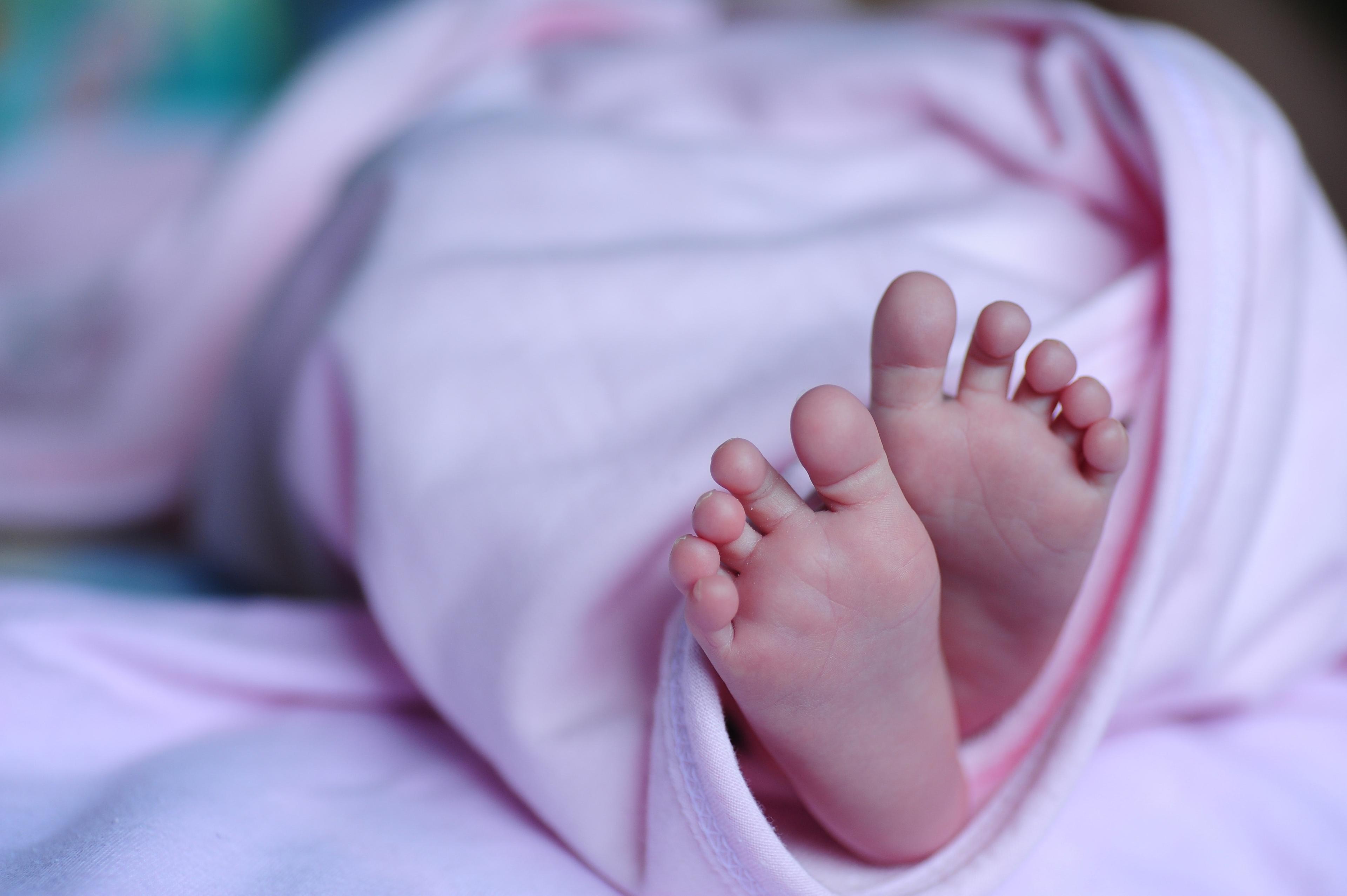- Home
- »Articles
- »Baby
- »Development
- »My Baby has Inturned Feet - Is that Normal?



My Baby has Inturned Feet - Is that Normal?
14 June 2023
Parents always want the best for their children, as they should. When it comes to a baby’s development, you’ll want to ensure everything is operating as it should be. One thing that bothers a lot of parents is when they see the feet of their baby pointing inwards.
Is this really a cause for concern? What should parents do if they notice this? Let’s go through this issue in a little more detail.
What is Talipes?
This condition where a baby's feet turn in and point down is called talipes, or club foot. And don’t worry - this is not something rare or dangerous at all.
There are usually two types of talipes: it could be structural and involves the muscles and bones in the feet of your baby, or it could be positional, involving the orientation of your baby’s feet. Positional clubfoot will recover over time as they are only a result of its condition inside the mother’s womb. Structural clubfoot should be corrected as soon as possible by a doctor. Whatever the case may be, this must be reported to the baby’s paediatrician and checked immediately.
Talipes may be found before birth, but that is not always the case. Sometimes, it can be seen in a scan done when the child is 20 weeks inside the womb. Still, most talipes cases will be discovered once the child is born.
Can it be Cured?
The good news is that almost all talipes are curable and your baby will be able to walk freely in only a short time. The usual treatment is called the Ponseti method. This is a pain-free solution that will result in your baby’s feet looking normal in no time at all. Babies who go through this treatment are unlikely to experience any delay in walking and can usually walk at around the same time as their peers. Other motor skills will also remain unaffected and your little one will be able to enjoy their childhood and play with other kids without any restrictions.
However, in some instances, if only one foot is inturned, that leg may become shorter because of the treatment. Although this may not be a major cause for concern, it will still obviously have effects such as occasional muscle pains, and getting easily fatigued when engaging in heavy sports or movements.
Positional talipes is usually caused because of a baby’s orientation inside the womb. This will generally heal by itself when your baby is around 3 months old. A few sessions with a physiotherapist may also be required to improve or facilitate the healing process.
For structural talipes, your baby’s feet need to be corrected since if not, they will continue growing in the wrong direction. The Ponseti method will gently adjust the orientation of your baby’s foot. Their foot or feet will be placed into the correct position, and then will be locked in place by the use of a cast around the foot or feet, if both are affected. This is usually repeated every 6 to 8 weeks to make sure that the growth of your baby’s foot is responding well to the treatment being done.
